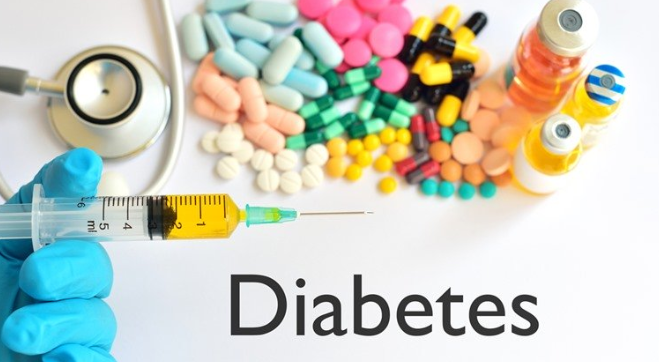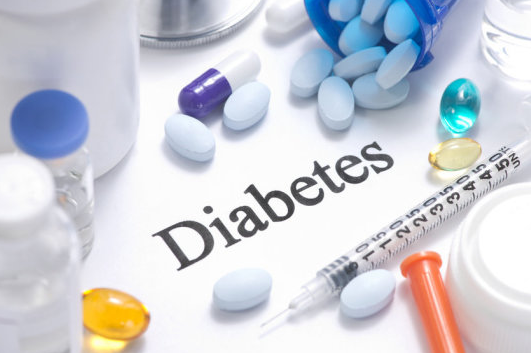When you are diagnosed with diabetes, you will always have the possibility of complications hanging over your head. The question is, what are the acute complications. What should you look for? Which part of your body will be most affected? We will try to clarify what the most severe complications are, and what you should watch for.
Complications usually are blood vessel diseases. These complications could involve either the small blood vessels or the larger ones. The small ones involve the eyes, nerves, and kidneys. The larger vessels would involve coronary heart disease, strokes, and severe pain in the lower legs.

Kidney damage is a common complication from diabetes. Diabetic nephropathy is damage to the small blood vessels in the kidneys. This causes the protein to leak into the urine and eventually the kidneys lose their ability to clean and filter the blood. Dialysis may be needed to filter the toxins from the blood. It serves the same role as the kidney and once you start on dialysis you will need to remain on it. The only alternative would be to have a kidney transplant.
Diabetics also need to take special care of their feet and legs. Even a small injury can lead to a serious infection, festering ulcers, gangrene, and amputation of all affected parts.

Another common severe complication of diabetes is complications with the eye. Called diabetic retinopathy, it normally occurs in patients who have had diabetes for more than five years. Blood vessel damage in the back of the eye causes leakage of protein and blood in the retina. It will also cause small aneurysms, and new blood vessels may develop but will be brittle. Bleeding from the new blood vessels can lead to scarring and a detachment of the retina causing damaged eyesight.
Describing these complications should be enough to compel you to avoid complications if possible. Take care of your body, eat healthy, exercise, and get the rest you need.

































